The Deepest Drill Holes in the World
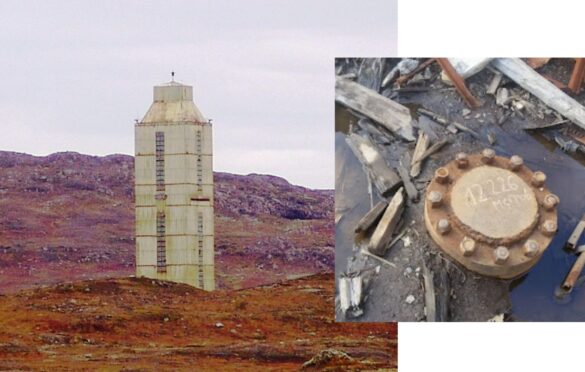
Have you ever wondered about the mysteries hidden beneath the Earth’s surface? Imagine delving into the depths of the planet, exploring the enigmatic chasms that stretch far beyond our everyday experience. Welcome to a journey through the extraordinary world of The Deepest Drill Holes in the World. From the mind-boggling Kola Superdeep Borehole to the astounding Sakhalin-I Odoptu OP-11 Well, let’s embark on an adventure to uncover the secrets concealed beneath the crust.
Drilling holes deep into the Earth’s surface has been a human endeavor for centuries, with various purposes such as extracting natural resources, studying the geology of the Earth, and exploring the depths of our planet.
The technology for drilling these deep holes has evolved over time, with early methods using manual labor and simple tools, and modern methods using advanced drilling equipment and techniques. These deep drill holes, also known as boreholes, can reach depths of several miles, with the deepest being over 12 kilometers (7.5 miles) deep. These boreholes provide valuable insights into the Earth’s structure and composition, and have led to a greater understanding of our planet’s history and potential resources.
The Deepest Drill Holes in the World: A List from Deepest to Shallower
Exploration Drill Holes Data
| Well Name | Coordinates | Depth (meters) |
|---|---|---|
| Kola Superdeep Borehole | 69.12° N, 33.22° E | 12,262 |
| Bertha Rogers Hole | 42.60° N, 110.27° W | 8,564 |
| SG-3 borehole | 35.75° N, 120.25° W | 7,609 |
| Sakhalin-I Odoptu OP-11 Well | 49.43° N, 142.55° E | 7,450 |
Kola Superdeep Borehole (Russia)
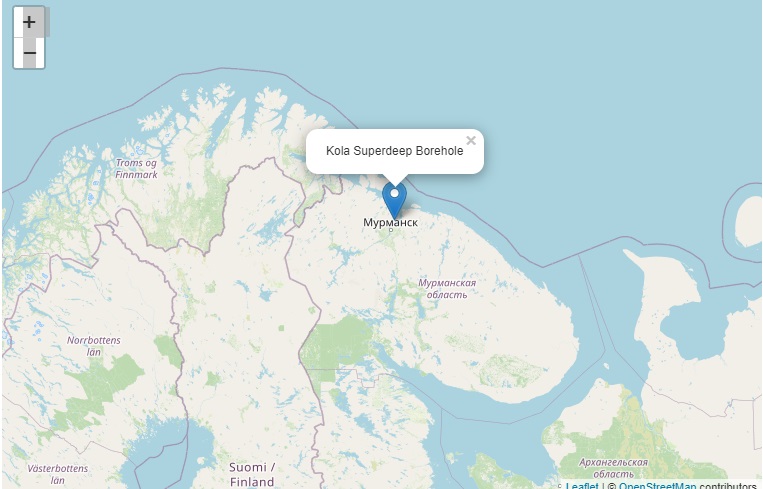
The Kola Superdeep Borehole is a deep drill hole located on the Kola Peninsula in Russia. It is considered the deepest drill hole in the world, reaching a depth of 12,262 meters (40,230 feet). The borehole was drilled by the Soviet Union’s Academy of Sciences in the 1970s and 1980s with the goal of studying the geology of the Earth’s crust.
The borehole was drilled using the Uralmash-4E drilling rig, which was specifically designed for drilling deep holes. The drilling process took place in stages, with each stage reaching a deeper depth before being abandoned. The borehole reached its final depth in 1989.
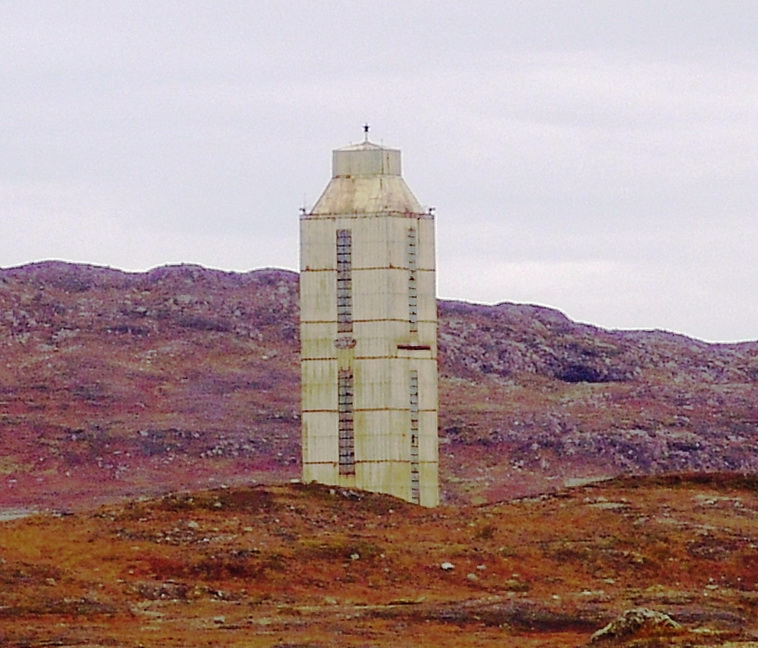
The borehole has provided valuable information about the Earth’s crust and upper mantle, including the discovery of a new mineral called “superdeep perovskite”. It has also helped scientists understand the movement of tectonic plates and the characteristics of the Earth’s magnetic field.
Despite its depth, the borehole is only 9 centimeters (3.5 inches) in diameter, making it difficult to extract samples or conduct experiments. However, scientists have been able to study the borehole’s walls and extract samples of rock and minerals by drilling smaller holes into the borehole’s walls.
The Kola Superdeep Borehole is a significant achievement in the field of earth science and has provided valuable insights into the structure and composition of our planet. It continues to be a source of scientific study and research today.
Bertha Rogers Hole (United States)
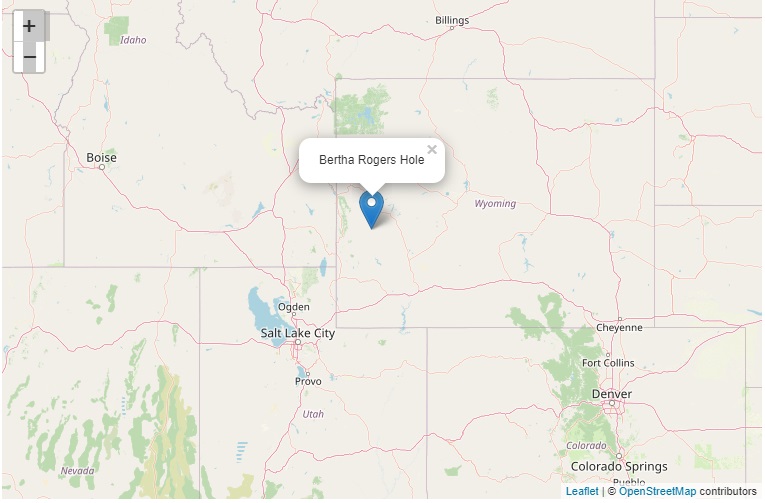
The Bertha Rogers Hole is a deep drill hole located in the state of Wyoming, United States. It is considered one of the deepest drill holes in the world, reaching a depth of 8,564 meters (28,132 feet). The borehole was drilled by the West Virginia Geological and Economic Survey in the late 1970s and early 1980s with the goal of studying the geology of the Earth’s crust.
The borehole was drilled using the Bertha Rogers drilling rig, which was specifically designed for drilling deep holes. The drilling process took place in stages, with each stage reaching a deeper depth before being abandoned. The borehole reached its final depth in 1980.
The borehole has provided valuable information about the Earth’s crust and upper mantle, including the discovery of new mineral formations and the characteristics of the Earth’s magnetic field. It has also helped scientists understand the movement of tectonic plates and the nature of subsurface fluids.
Despite its depth, the borehole is only 10 centimeters (4 inches) in diameter, making it difficult to extract samples or conduct experiments. However, scientists have been able to study the borehole’s walls and extract samples of rock and minerals by drilling smaller holes into the borehole’s walls.
The Bertha Rogers Hole is a significant achievement in the field of earth science and has provided valuable insights into the structure and composition of our planet. It was one of the first deep drill holes drilled in the United States and was an important step in advancing the technology and understanding of deep drilling.
Today, the Bertha Rogers Hole is no longer in use, but the data and samples collected from it continue to be used in scientific research and study. Additionally, the Bertha Rogers Hole has been used as a reference point for drilling other deep boreholes in the region. The knowledge and insights gained from the Bertha Rogers Hole have contributed to a greater understanding of the Earth’s geology and resources, and its legacy continues to be felt in the field of earth science today.
SG-3 borehole (United States)
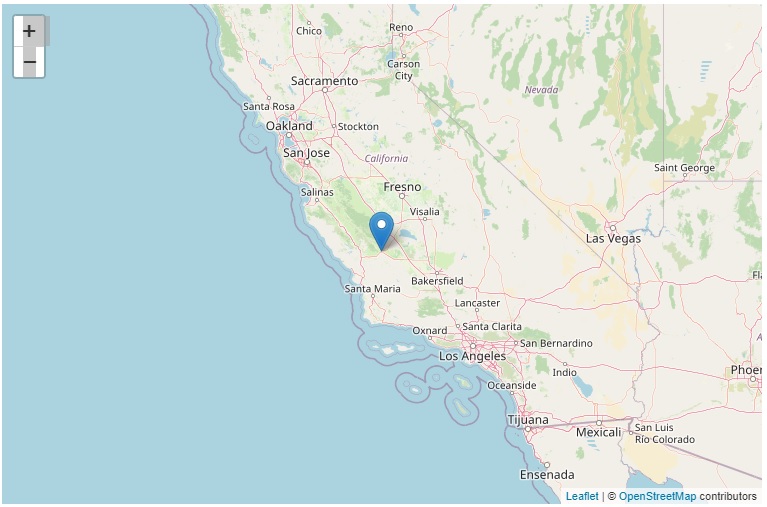
The SG-3 borehole is a deep drill hole located in the state of California, United States. It is considered one of the deepest drill holes in the world, reaching a depth of 7,609 meters (24,907 feet). The borehole was drilled by the Lawrence Berkeley National Laboratory in the late 1970s and early 1980s with the goal of studying the geology of the Earth’s crust and the characteristics of the Earth’s magnetic field.
The borehole was drilled using a modified version of the Bertha Rogers drilling rig, which was specifically designed for drilling deep holes. The drilling process took place in stages, with each stage reaching a deeper depth before being abandoned. The borehole reached its final depth in 1981.
The SG-3 borehole has provided valuable information about the Earth’s crust and upper mantle, including the discovery of new mineral formations and insights into the movement of tectonic plates. It has also helped scientists understand the nature of subsurface fluids and the characteristics of the Earth’s magnetic field.
Despite its depth, the borehole is only 10 centimeters (4 inches) in diameter, making it difficult to extract samples or conduct experiments. However, scientists have been able to study the borehole’s walls and extract samples of rock and minerals by drilling smaller holes into the borehole’s walls.
The SG-3 borehole is a significant achievement in the field of earth science and has provided valuable insights into the structure and composition of our planet. The knowledge and insights gained from the SG-3 borehole have contributed to a greater understanding of the Earth’s geology and resources, and its legacy continues to be felt in the field of earth science today. Additionally, the SG-3 borehole is unique in that it was drilled in a region with a high level of seismic activity, which provided important information about the relationship between tectonic activity and subsurface geology.
The borehole has also been used as a reference point for drilling other deep boreholes in the region and has helped to establish the California as a center for deep drilling research. The data and samples collected from the SG-3 borehole continue to be used in scientific research and study, and its legacy continues to be felt in the field of earth science today.
Sakhalin-I Odoptu OP-11 Well (Russia)
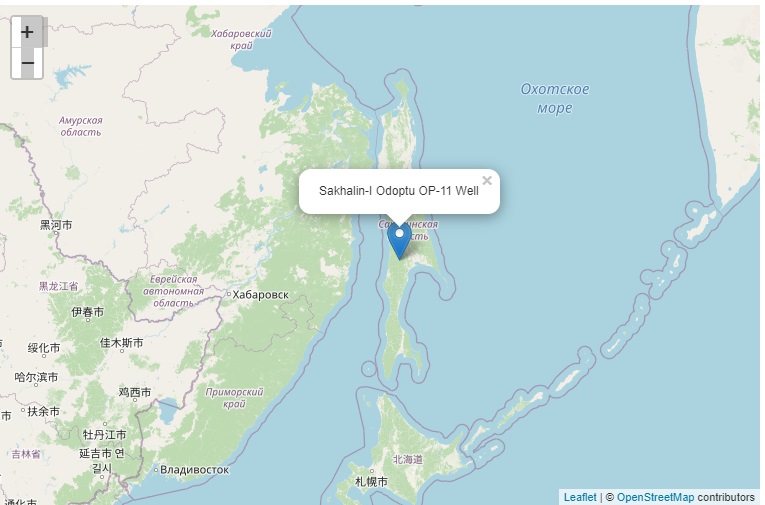
The Sakhalin-I Odoptu OP-11 Well is a deep oil well located off the coast of Sakhalin Island in Russia. It is considered one of the deepest offshore oil wells in the world, reaching a depth of 12,345 meters (40,502 feet). The well was drilled by the Russian oil company, Gazprom Neft, as part of the Sakhalin-I oil and gas project.
The drilling of the well began in 2005, and it reached its final depth in 2011. The well was drilled using a semi-submersible drilling rig, which is a type of mobile offshore drilling unit that can operate in deep waters. The well was drilled in several stages, with each stage reaching a deeper depth before being abandoned.
The Sakhalin-I Odoptu OP-11 Well is significant because it was drilled in a challenging offshore environment, in an area with high water depths, strong currents, and harsh weather conditions. The well also reached a record-breaking depth and has provided valuable information about the geology of the region and the potential for oil and gas resources. Additionally, the well has helped to establish Russia’s expertise in deepwater drilling and offshore exploration.
The well is currently in production and is expected to produce oil and gas for several decades. The oil and gas extracted from the well will play an important role in meeting Russia’s energy needs and will contribute to the country’s economic growth. The well has also opened up new opportunities for further exploration and development in the region.
In summary, The Sakhalin-I Odoptu OP-11 Well is a significant achievement in the field of offshore drilling and has helped to establish Russia as a leader in the industry. It has provided valuable information about the geology of the region and the potential for oil and gas resources, and will play an important role in meeting Russia’s energy needs.
Conclusion
In conclusion, the Kola Superdeep Borehole, Bertha Rogers Hole, SG-3 borehole, and Sakhalin-I Odoptu OP-11 Well are all significant achievements in the field of drilling and earth science. The Kola Superdeep Borehole, located in Russia, holds the record for the deepest borehole ever drilled, reaching a depth of 12,262 meters (40,230 feet).
The Bertha Rogers Hole, drilled in the United States, is the second deepest borehole ever drilled, reaching a depth of 8,564 meters (28,132 feet). The SG-3 borehole, also drilled in the United States, is one of the deepest boreholes ever drilled in California and provided important information about the relationship between tectonic activity and subsurface geology. The Sakhalin-I Odoptu OP-11 Well, located off the coast of Sakhalin Island in Russia, is one of the deepest offshore oil wells in the world, reaching a depth of 7,450 meters (24,442 feet) and provided valuable information about the geology of the region and the potential for oil and gas resources.
All of these boreholes have helped to establish the countries where they are located as leaders in the field of deep drilling and exploration and have provided valuable data for scientific research.
